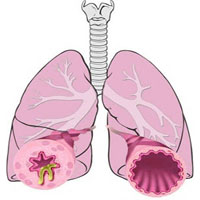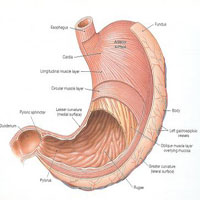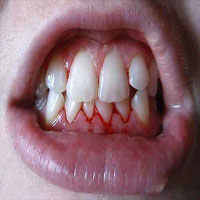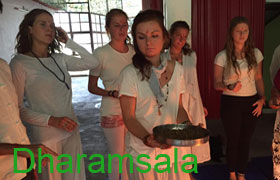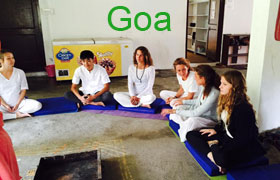Bronchitis is the fourth leading cause of death in the United States. It is considered to be more critical ailment related to lungs when compared to asthma. This is a serious infection of the bronchial tubes and lungs, which may eventually become chronic. Smoking and breathing polluted air form the major reasons for this ailment.
This disorder has inflamed bronchial tubes caused by a viral or bacterial infection. It may suddenly develop after an acute Bronchitis (head cold), or return regularly for many years or it may persist, causing progressive deterioration of lungs and bronchi (chronic Bronchitis). The color of the phlegm (sputum) indicates the level of seriousness of chronic Bronchitis. The initial symptoms for acute Bronchitis include aching muscles, fever and chills, running nose, head cold and possibly back pain. However the most evident feature that follows is persistent cough. Chronic Bronchitis is also characterized by cough with phlegm (sputum). Other symptoms depend on how little or how much emphysema is present.
Certain people are more sensitive and susceptible compared to others. Likewise men are more susceptible than women, almost in the ratio of ten to one – although the causes for it are unknown. Smokers have 50 times more chances to get chronic Bronchitis compared to non-smokers. Generally, it is more frequently found in cold climates, in damp, in winter and in heavily polluted environments.Excessive smoking, chilling, overcrowding and fatigue are contributory factors.
Yoga Exercises including breathing, poses and relaxation techniques enable you to control your emotions and mind, making you feel more relaxed and allowing you to breathe with more ease. This will also help your lungs function with better efficiency and enhance airflow during the attack of asthma.
Following are the Yoga poses that help you feel better and can control Asthma and Bronchitis, along with proper medication and doctor’s guidance:
Sukhasana (Easy Pose)
This is one among the conventional meditative posetures and is usually practiced after doing the Shavasana (Corpse Pose). The Sukhasana posture helps in slowing down metabolism, straightening the spine, keeping your mind still and promoting inner tranquility.
Ardha Matsyendrasana (Half Spinal Twist)
The Half Spinal Twist strengthens and lengthens the spine if done properly. It is also good for your kidneys, liver as well as adrenal glands. This yoga posture should be practiced strictly under the supervision of a yoga expert.The spinal twist yoga posture named after the great yogic sage Matsyendra.It is one among the few yoga postures that fall under the basic category of spine rotting postures. Most of these asanas involve bending the spinal column either forward or backward. But in order to become truly flexible it should be twisted laterally also. The movement also tones up the spinal ligaments and nerves, and also improves digestion. Keep your spine straight and your shoulders balanced in the position. Respire steadily. Each time you exhale, twist a little more. First twist towards the left and then repeat the sequence twisting towards the right.
Procedure
1. Kneel down and sit down over your feet with your heels being pointed outwards.
2. Now sit to the right of your feet.
3. Place your left leg over your right, bringing the foot against the outer side of your right knee. Drag your right heel more closely to your buttocks and keep your spine erect.
4. Stretch your arms outer towards the sides at your shoulder level, and turn around towards the left.
5. Now drop the right arm down over the outer side of the left knee and hold your left foot with it. Place your left hand on the ground behind you. Turn as much as possible to the left while you exhale. Look over your left shoulder.

